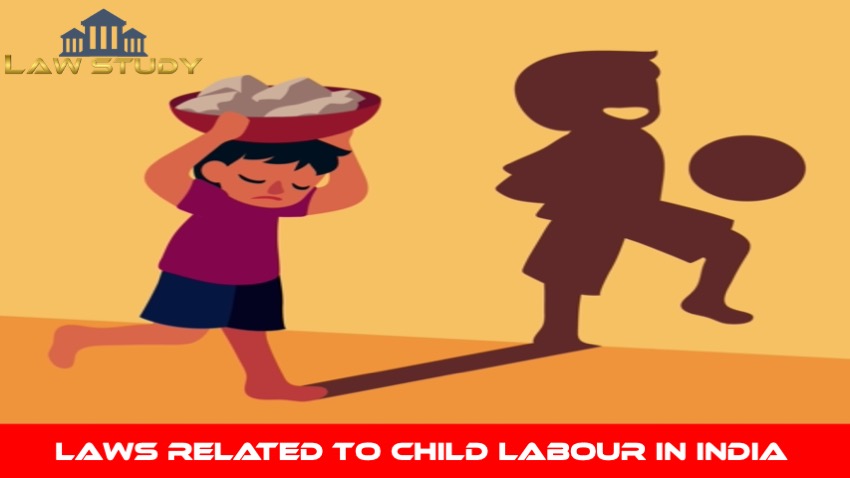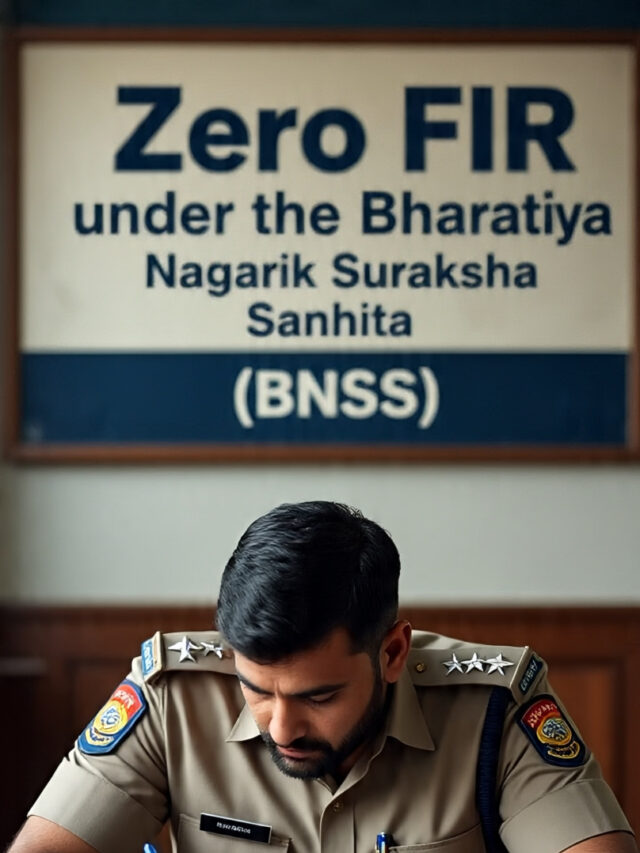Introduction of the Indian Laws Related to Child Labour: When it comes to child labour in India, it is generally known that child labour exploitation is widespread. Many statutes were enacted by Indian law for the banning of child labour. Millions of children’s childhoods are being suffocated by the modernization race.
child labour law (prohibition and Regulation) act
In 1986, the Child Labour Law ( Prohibition & Regulation) Act was passed to resolve this issue
A “Child” is defined as an individual who has not completed the age of 14 in accordance with the Child Labour (Protection and Regulation) Act of 1986. A child is expected to study, play, and be carefree at such a young age. However, in practice, expectations rarely meet reality, particularly at the workplace.
Children are either voluntarily or forcibly employed to work in hazardous conditions and environments that endanger their lives. Child labour causes complete mental and physical development to be underdeveloped, resulting in stunted growth in children.
Establishment: According to u/s. 2 (iv) of this Act, an establishment includes: a commercial, shop, workshop, residential, farm, hotel, restaurant, theatre, public entertainment, or places of entertainment.
main reasons for child labour
The following are the main reasons for child labour that can be understood in the context of India:
(i) POVERTY
(ii) PAST LOANS/DEBTS
(iii) PROFESSIONAL REQUIREMENTS
It is difficult to regulate child labour in developing countries since, it’s believed that children feed their families, and help feed themselves. due to illiteracy, poverty, and unemployment, parents aren’t ready to bear the burden of feeding their children and running the family and because of their lack of data they’re exploited by the industry because the industries don’t pay them consistently for their work So poor parents send their children to figure in inhuman conditions at low wages
The poor monetary status of the individuals in India compels them to borrow cash. The illiterate and unskilled population goes to moneylenders and sometimes mortgages their belongings in return for the loans taken by them. But, due to a lack of income, the debt holder finds it very challenging to pay the obligation and interest. This endless loop of neediness attracts them to work day and night for the loan and afterward, the borrowers drag their kids to their children so the obligation can be reimbursed.
There are some industrialists such as the “bangle-making” industry, who need delicate hands and tiny fingers to perform very fine work with the utmost excellence and precision. The hands of an adult are usually not so delicate and because of bangle making, they need some delicate and small hands so that’s why they need small children to work for them and do such hazardous work with glass. This often leads to major accidents in the eyes of children.
Administration of India’s Endeavors to control Child labour
In the twentieth century, child labour became so prominent that reports of factory hazards accidents, and injuries related to the lives of innocent children’s life appeared in the newspapers. Children additionally face child trafficking in India and maximum of the industries simply take advantage and exploit the children now it is time for laws and conditions to curb child abuse.
The need was felt to prohibit child Labor, today, there are enough laws to condemn and prohibit child labour such as:
Art.24 of the Indian constitution enshrined within the basic rights of fundamental rights and the directive principles of state policy, provides that no child under the age of 14 should be employed to work in any factory or mine or engaged in any other hazardous or unsafe industry.
The debt bonded labour system (Abolition) Act, of 1976, forbids the use of forced labour to pay off debts. This act extinguishes all debt settlements and obligations. This consists of punishment for parents who pledged their child or other family members to work as bonded labour.
Factory Act of 1948
The law forbids the employment of children under the age of fourteen yrs in any factories. The ordinance also stipulates who, when, and for how long pre-adults between 15 to 18 yrs of age might be employed in any factory.
Mines Act of 1952
The law prohibits the employment of children under the age of 18 years in a mining factory. Mining is one of the most dangerous occupations, due to which there have been many major accidents in the past, taking the lives of children, it is completely banned for them.
Juvenile Justice(J.J) Care and Protection Act 2000
This law made it an offence to purchase or engage a child in any dangerous work or bondage is a crime punishable with imprisonment. The Act provides punishment to the people who act in contravention of past acts by employing children.
Free & Compulsory Education Act 2009
The law provides free and compulsory education and training for all children between the ages of 6 to 14 years. The law also mandated that 25% of seats in each non-public school should be assigned to children from disadvantaged groups and children with physical challenges.
A few states including the Haryana government for the assistance welfare and development of labour have comprised Child Labor Rehabilitation-cum-Welfare Fund at the regional level and separate work cells are being framed to resolve the issue. National child labor projects (NCL) projects have been run and regulated by the controlling state government. since 1988 to provide non-formal education to poor and working children in all states.
Non-formal education is provided by the Ministry of Women’s and Child Development, and the Anganwadi Vocational Training Institution is also an important step by the government for the well-being of children and their physical, mental, and academic development.
Working hours and Period
No child is required or allowed to work in addition to the prescribed working hours.
Daily working hours shall not exceed 3 hours and no child shall work more than 3 before an interval of rest of at least one hour. No child should be authorized or forced to work between 7 p.m. and 8 a.m
Penalties and Punishment
An offence U/S-3 of the act is punishable with imprisonment of not less than 3 months which can be extended to 1 year or a fine of not less than 10,000 Rs. however which can be extended up to 20 thousand, or with both.
A continued offence according to section 3 shall be penalized for not less than 6 months imprisonment which may be extended to 2 years.
Other violations of the law are punishable by further infringements against the legislation and are penalized by simple imprisonment of up to one month a fine of up to ten thousand rupees, or both.
Conclusion
Acc. to the above conversation about Laws related to Child Labour if mindfulness about the cons of youngster work is spread all over the country and severe policing of execution of existing laws is done, India can battle the issue of Child Labour. Each person should recognize the importance of growing and how huge it is for children to grow and contemplate children, as they are the ones who will shape the eventual fate of the country.

























